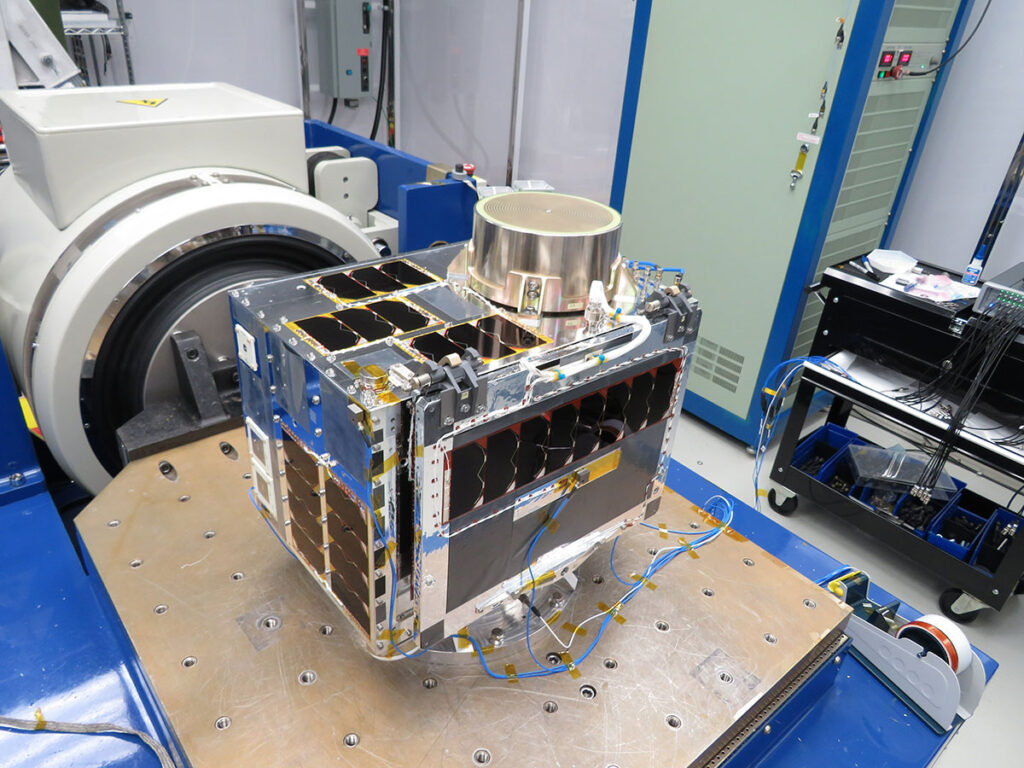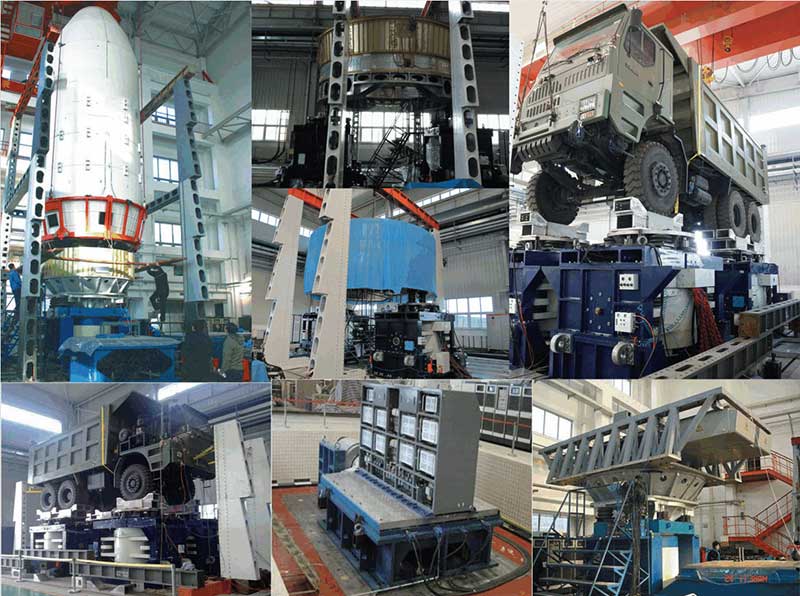Satellites need to work well in the extreme environment of space, so they must have strong tolerance. It must be able to operate in near-vacuum conditions and withstand high levels of electromagnetic radiation as well as dramatic temperature changes. During launch, the satellite is also subjected to loud vibrations and noise, which can seriously damage its internal components. Given the high forces and complex environment of the launch process, it is essential to thoroughly test the entire satellite system before sending these expensive and sophisticated pieces of equipment into space, in order to ensure that they can successfully enter orbit and function properly.
For space agencies, these safety tests are critical to acquiring critical vibration and noise data. Among them, the satellite vibration testing is the most thorough and strictly monitored part of the process, because the satellite itself is expensive and complex. These rigorous tests are designed to ensure that the satellite can withstand the intense vibration and noise during launch, and finally safely enter the intended orbit and operate smoothly.

Vibration testing, where you shake or shock a component or assembly to simulate a real environment and see how it withstands those conditions. Conducting these tests in the field or in the laboratory requires the use of controllers, instruments, data analyzers, climate chambers, and vibration exciters. In general, a data acquisition and analysis system with hundreds of channels is used to collect vibration data of almost all satellite locations at the same time. The vibration test system consists of an electric vibrator. The size of the vibrator depends on the size and payload of the satellite under test. Typically, the satellite is mounted on a vertical head expander and a horizontal slide.
The JOEO ES series of water-cooled shakers are widely acclaimed in the aerospace and aerospace industry, providing greater vibration power than air-cooled shaker test equipment of the same power. The use of water cooling to cool the magnetic field coil can make its operation more quiet, while reducing the temperature of the fuselage, thus minimizing the impact of temperature on the equipment under test. This makes the water-cooled shaker ideal for high vibration power or short time testing of large payloads. In general, water-cooled shaker test equipment are widely favored in satellite vibration testing due to their excellent performance and stability.
